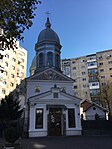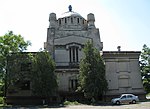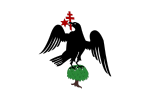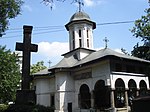Tineretului metro station
1986 establishments in RomaniaBucharest Metro stationsEuropean rapid transit stubsRailway stations opened in 1986Romania transport stubs ... and 1 more
Romanian railway station stubs

Tineretului (Youth's station in English) is a metro station in Bucharest, Romania, on the Bucharest Metro Line M2. The station was inaugurated on 6 April 1986 as part of the previously built section of the line, from Piața Unirii to Depoul IMGB. The station is named for the Tineretului Park (Youth's Park) nearby.
Excerpt from the Wikipedia article Tineretului metro station (License: CC BY-SA 3.0, Authors, Images).Tineretului metro station
Bulevardul Dimitrie Cantemir, Bucharest
Geographical coordinates (GPS) Address Nearby Places Show on map
Geographical coordinates (GPS)
| Latitude | Longitude |
|---|---|
| N 44.41477 ° | E 26.1047 ° |
Address
Tineretului
Bulevardul Dimitrie Cantemir
040238 Bucharest (Sector 4)
Romania
Open on Google Maps










